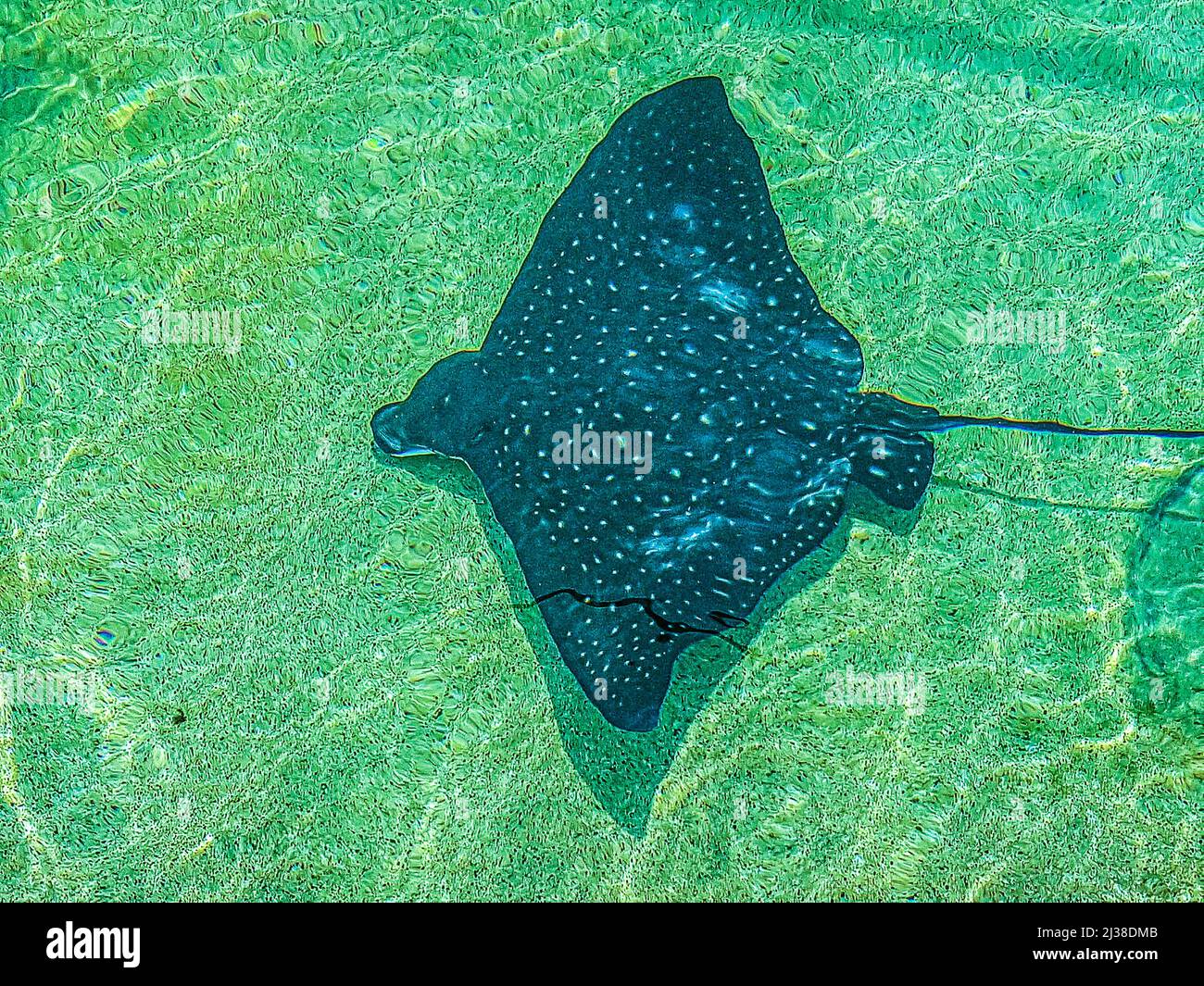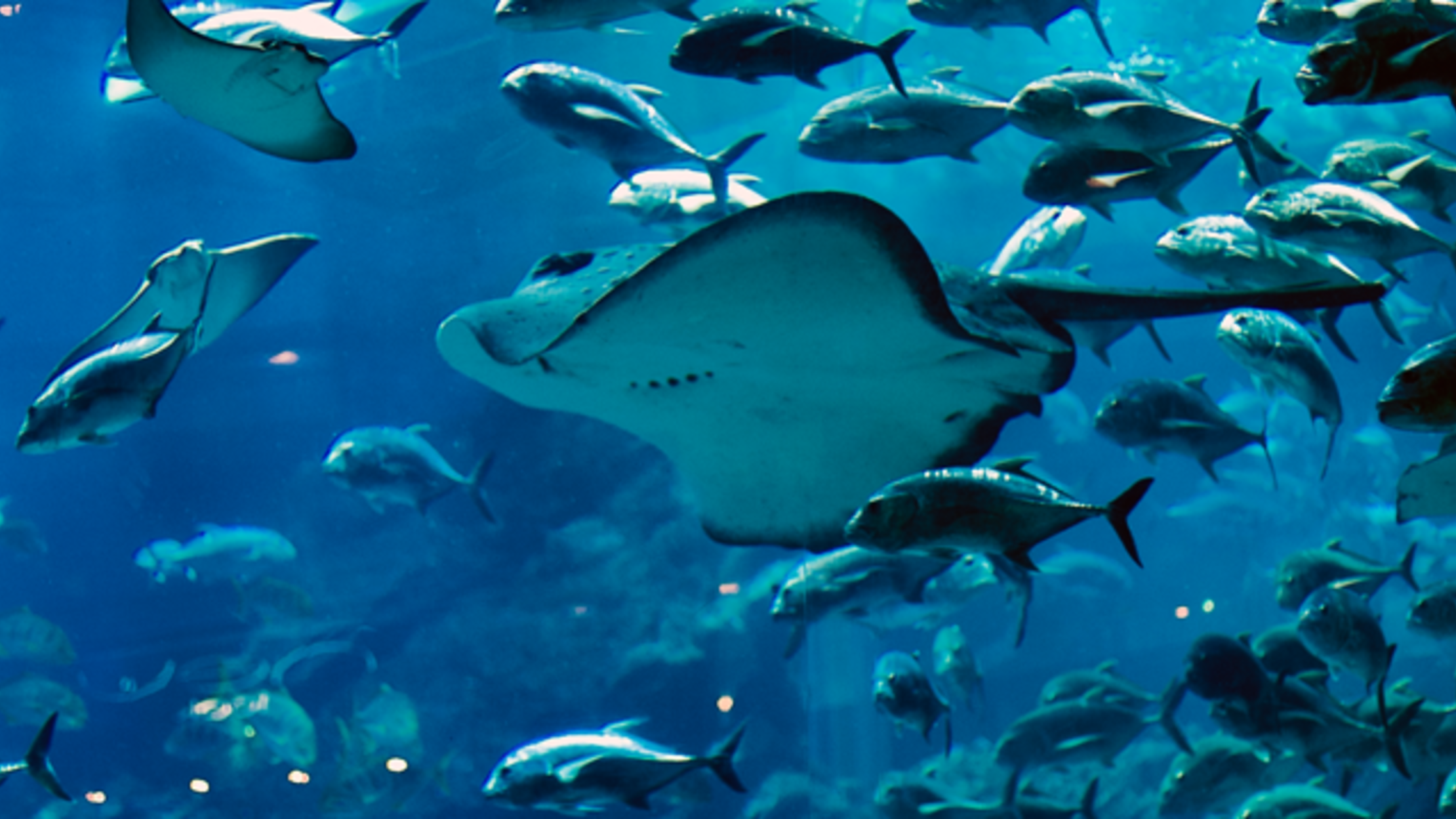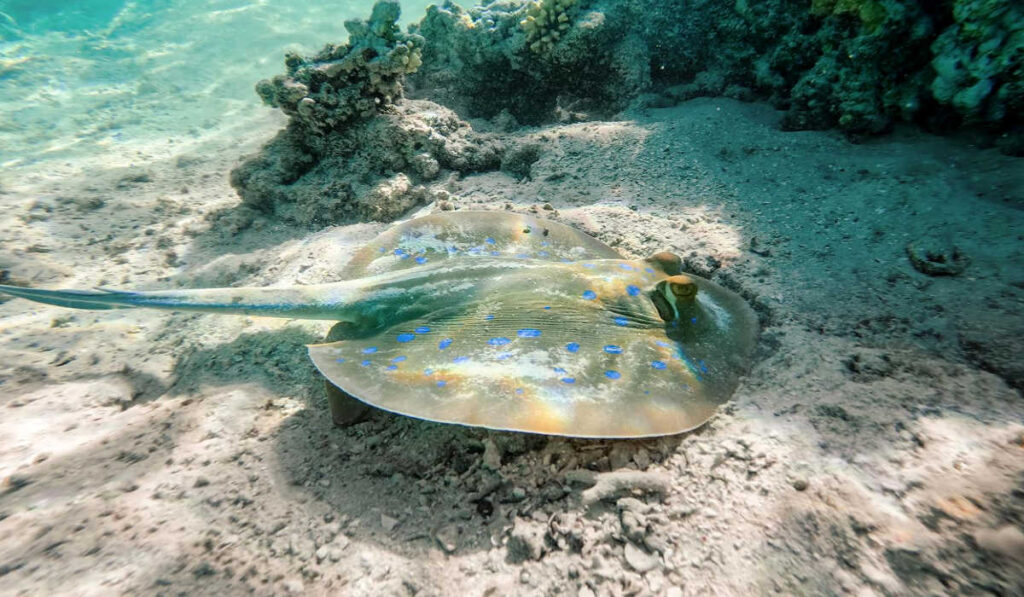Hey there, fellow water enthusiasts! Ever wondered what it's like to glide effortlessly through the water like a marine creature? A ray swim might just be the answer you're looking for. Imagine yourself floating serenely, mimicking the graceful movements of a ray as it dances through the ocean currents. This isn't just another swimming technique; it's an experience that connects you with the aquatic world in ways you never thought possible. So, buckle up and dive in because we're about to explore the wonders of ray swimming!
Swimming has always been more than just a sport or a hobby. It's a form of expression, a way to connect with nature, and a fantastic full-body workout. But a ray swim takes it to the next level. Unlike traditional swimming strokes, this method focuses on fluidity, ease, and harmony with the water. It's like learning a new language, one that speaks directly to your soul and allows you to communicate with the underwater realm. Ready to learn more? Let's get started!
Before we dive deeper, let me tell you why a ray swim is gaining so much attention. In today's fast-paced world, people are searching for ways to unwind, reconnect with nature, and find peace. This technique offers all that and more. It's not just about swimming; it's about embracing a lifestyle that promotes relaxation, mindfulness, and a deeper appreciation for the environment. So, whether you're a seasoned swimmer or a beginner, there's something here for everyone. Let's jump right in!
Read also:Rulani Mokwenas Age Debate Fans React To Rare Teen Photo
What Exactly is a Ray Swim?
If you're new to the concept of a ray swim, don't worry; you're not alone. This unique swimming style draws inspiration from the way rays move through the water. Instead of the usual up-and-down or side-to-side motions associated with traditional strokes, ray swimming emphasizes smooth, undulating movements. Think of it as a dance with the water, where your body flows seamlessly, creating minimal resistance and maximum efficiency.
But why rays? Well, these marine animals are masters of hydrodynamics. Their flattened bodies and wing-like fins allow them to glide effortlessly through the water, making them the perfect role models for swimmers looking to improve their technique. By mimicking their movements, you can enhance your swimming experience, reduce fatigue, and even improve your overall fitness level.
Let's break it down with a few key points:
- Focus on fluidity and rhythm
- Minimize water resistance
- Engage core muscles for stability
- Practice mindful breathing
Benefits of A Ray Swim
Now that we've covered the basics, let's talk about the benefits of a ray swim. This technique isn't just about moving through the water; it's a holistic approach to swimming that offers numerous advantages for both your body and mind.
- Physical Fitness: Ray swimming engages your core muscles, improves flexibility, and enhances cardiovascular health.
- Mental Relaxation: The rhythmic movements and focus on breath control help reduce stress and promote mindfulness.
- Environmental Awareness: By mimicking marine creatures, you develop a deeper appreciation for the ocean and its inhabitants.
- Efficiency: With less resistance and more fluidity, you can swim longer distances with less effort.
How to Master A Ray Swim
Ready to take the plunge? Mastering a ray swim requires practice, patience, and a willingness to embrace new techniques. Here's a step-by-step guide to help you get started:
Step 1: Embrace the Flow
The first step in learning a ray swim is to let go of rigid movements and embrace the flow of the water. Start by practicing gentle, undulating motions with your arms and legs. Imagine yourself as a ray, gliding effortlessly through the waves.
Read also:Kaybs Controversial Exit From Big Brother Mzansi What Team Beekay Has To Say
Step 2: Engage Your Core
Your core muscles play a crucial role in maintaining stability and balance while swimming like a ray. Focus on engaging your abs and lower back to create a strong, stable foundation for your movements.
Step 3: Practice Mindful Breathing
Breathing is an essential part of any swimming technique, and a ray swim is no exception. Practice slow, controlled breaths to enhance relaxation and improve oxygen flow to your muscles.
The Science Behind A Ray Swim
But why does a ray swim work so well? The answer lies in the principles of hydrodynamics. Rays have evolved over millions of years to become some of the most efficient swimmers in the ocean. By studying their movements, scientists have discovered that their undulating motion creates vortices in the water, which actually help propel them forward. This means that by mimicking their movements, you can harness the power of these natural forces to enhance your own swimming ability.
Research published in the Journal of Experimental Biology highlights the efficiency of ray swimming. Studies show that rays can cover long distances with minimal energy expenditure, making them ideal role models for human swimmers looking to improve their technique.
Common Mistakes to Avoid
As with any new skill, there are common pitfalls to watch out for when learning a ray swim. Here are a few to keep in mind:
- Overexerting yourself: Remember, this technique is all about fluidity and ease. Don't force the movements; let them come naturally.
- Ignoring your breath: Breathing is just as important as your physical movements. Practice mindful breathing to stay relaxed and focused.
- Skipping the warm-up: Just like any other exercise, it's essential to warm up your muscles before diving into ray swimming.
Equipment You'll Need
While a ray swim doesn't require any fancy gear, having the right equipment can enhance your experience. Here are a few essentials to consider:
- Swimwear: Choose comfortable, streamlined swimwear that allows for freedom of movement.
- Goggles: A good pair of goggles will help you see clearly underwater and protect your eyes from irritation.
- Fins: Optional but recommended, fins can help you mimic the movements of a ray more effectively.
Where to Practice A Ray Swim
So, where's the best place to practice a ray swim? While any body of water will do, some locations offer a more immersive experience. Consider trying it out in:
- Ocean: The natural habitat of rays, the ocean provides the perfect setting for practicing this technique.
- Pools: If you prefer a controlled environment, a pool can be an excellent place to start.
- Lakes: Calm, freshwater lakes offer a peaceful setting for honing your skills.
Real-Life Success Stories
Don't just take our word for it; hear from others who have successfully embraced a ray swim. From professional swimmers to casual enthusiasts, people from all walks of life are discovering the joys of this technique. Check out these inspiring stories and let them motivate you to give it a try!
Case Study: Jane's Journey
Jane, a former competitive swimmer, struggled with back pain and fatigue after years of traditional swimming. After discovering a ray swim, she found relief and a renewed love for the sport. "It's like swimming in a whole new way," she says. "I never thought I could enjoy it so much again!"
Conclusion: Dive Into the Future of Swimming
And there you have it, folks! A ray swim isn't just a technique; it's a lifestyle that promotes health, mindfulness, and a deeper connection with nature. Whether you're a seasoned swimmer or a complete beginner, there's something here for everyone. So, what are you waiting for? Dive in and experience the magic of ray swimming for yourself!
Before you go, we'd love to hear from you. Have you tried a ray swim? What did you think? Leave a comment below and let us know. And if you enjoyed this article, don't forget to share it with your friends and family. Together, let's spread the word about this incredible swimming technique!
Table of Contents


